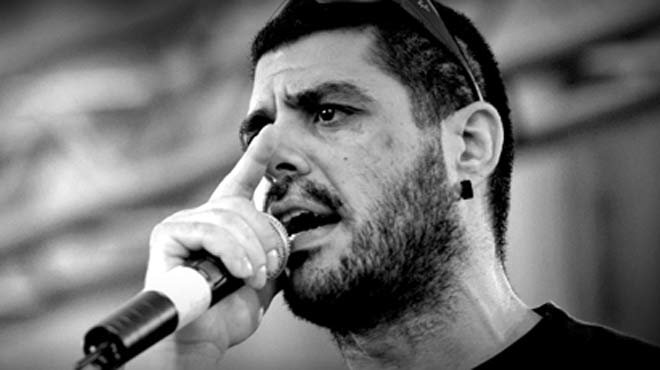
Together with the Chilean @nomaslacris we analysed police use of teargas on the 20th of Dec 2019, to repress one of the most intense days of the Chilean protests.
Using a combination of OSI and fluid dynamics simulation is the first to measure airborne and ground deposited teargas concentration, establishing a benchmark.
The entire battle for the #PlazaDignidad roundabout was caught on CCTV camera. We reconstructed the camera’s cone of vision and confirmed its time code using shadow.
Using an automated method of video analysis we marked the extent of each teargas cloud with a frame, and the approximate location of the canister.
Having broken through police barricades, the protesters carry their flag to the center of the roundabout. Following that our system identified at least 82 canisters deployed within a space of 10 minutes.
With the locations of 594 teargas clouds mapped within the model we collaborated with Dr Salvador Navarro-Martinez to simulate and measure levels of toxicity in air and on the ground, considering temperature, wind and humidity.
The concentration of tear gas in the roundabout reached toxicity levels of 40 times the limit specified in Chilean Police’s Manual for Crowd Control risking the lives of protesters.
The wind deposited the CS particles on the ground, and the nearby Mapocho River, which feeds the farms on the southern outskirts of Santiago.
Our analysis supports Chile’s Human Rights Commission complaint against the illegal use of teargas and calls for its ban as a chemical weapon.
• • •
Missing some Tweet in this thread? You can try to
force a refresh




